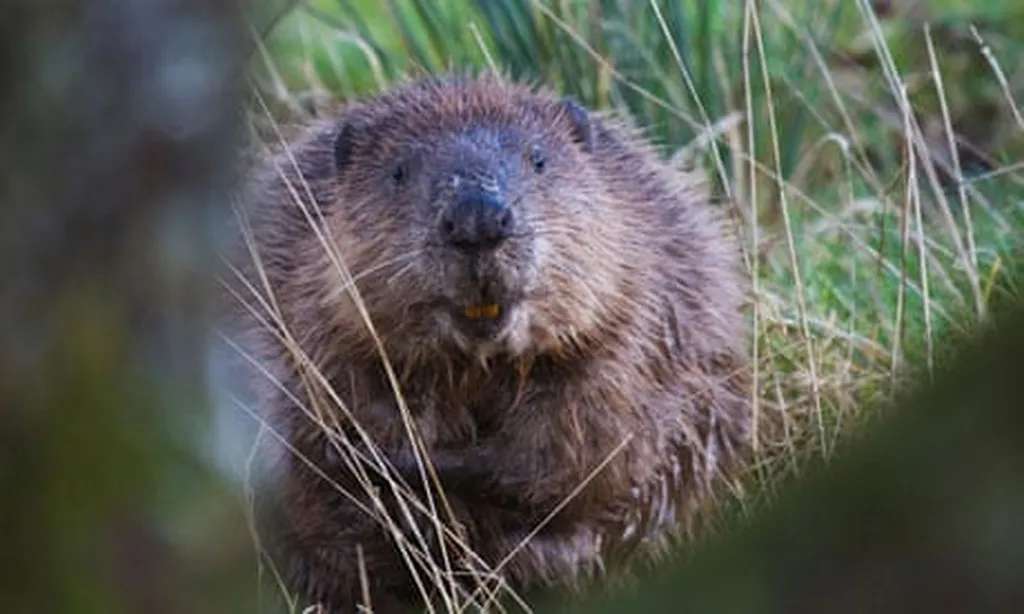In the heart of Israel’s agricultural landscape, a unique experiment is unfolding, one that could reshape how farmers worldwide tackle one of their most persistent foes: rodents. Naama Ronen, a researcher at the Shamir Research Institute affiliated with the University of Haifa, has been leading a study that pits nature against nature, testing the efficacy of birds of prey as a biological pest control method against the traditional use of rodenticides.
The study, published in the journal *Biology* (translated to English), is a response to the growing concerns about the environmental impact and decreasing effectiveness of rodenticides. “Rodenticides are costly and can cause secondary poisoning to non-target wildlife,” Ronen explains. “Moreover, rodents can develop resistance to these chemicals over time, making them less effective.”
Ronen’s team conducted their research across forty-five 10×10 meter plots, comparing three treatments: hunting perches for birds of prey, rodenticides, and a control group. The results were intriguing. While rodent activity increased across all plots during the study, the presence of raptors was significantly higher in plots with hunting perches. “We found that barn owls and diurnal raptors, mainly black-shouldered kites, spent nearly double the time in plots with hunting perches compared to the other plots,” Ronen reveals.
However, the increased presence of these raptors did not translate to a decrease in rodent activity or improved crop health. This suggests that while hunting perches can attract birds of prey, it might not be a silver bullet for rodent control. “Even though hunting perches effectively increased the presence and activity of diurnal and nocturnal raptors, rodent populations increased,” Ronen notes.
The study also employed innovative technology, using unmanned aerial systems (UAS) for remote sensing and a machine learning algorithm (YOLOv5) for object detection. This technological integration allowed the researchers to monitor rodent activity and crop health more accurately.
So, what does this mean for the future of pest control in agriculture? While the results may seem discouraging, they provide valuable insights. “Future research should investigate whether hunting perches can increase raptor populations and improve crop health in crops beyond alfalfa,” Ronen suggests.
This study is a stepping stone in the ongoing quest for sustainable and effective pest control methods. As the world grapples with the impacts of climate change and the need for sustainable practices, such research becomes increasingly vital. It reminds us that while nature can be a formidable foe, it can also be our greatest ally. The challenge lies in understanding and harnessing its power effectively.
In the meantime, farmers and agronomists will continue to monitor these developments, hoping for a future where technology and nature work hand in hand to protect our crops and our environment. The journey is far from over, but each study brings us one step closer to a solution.

